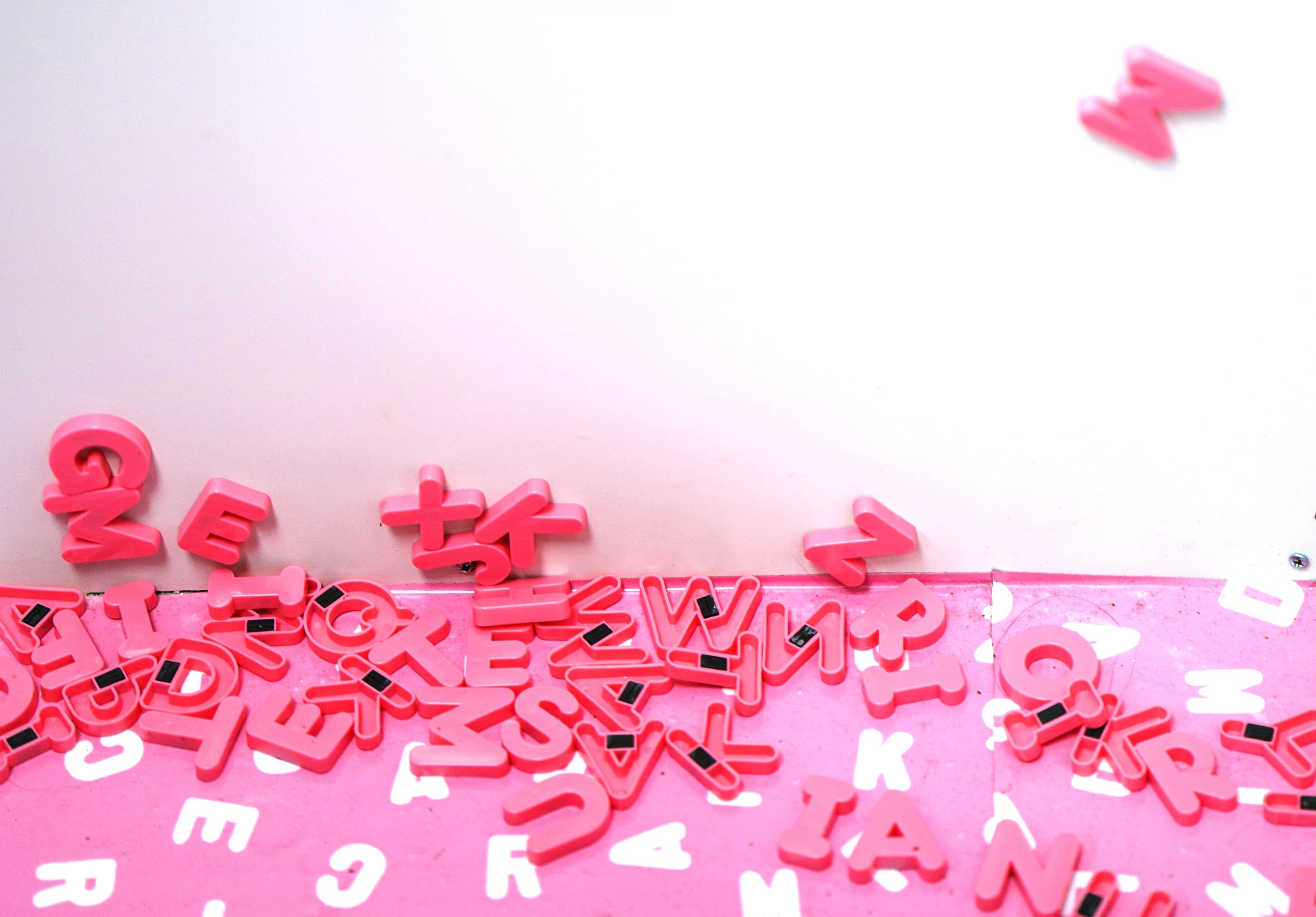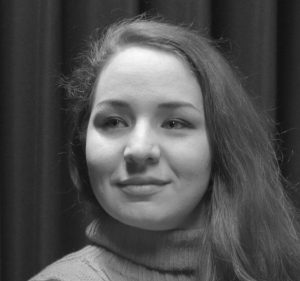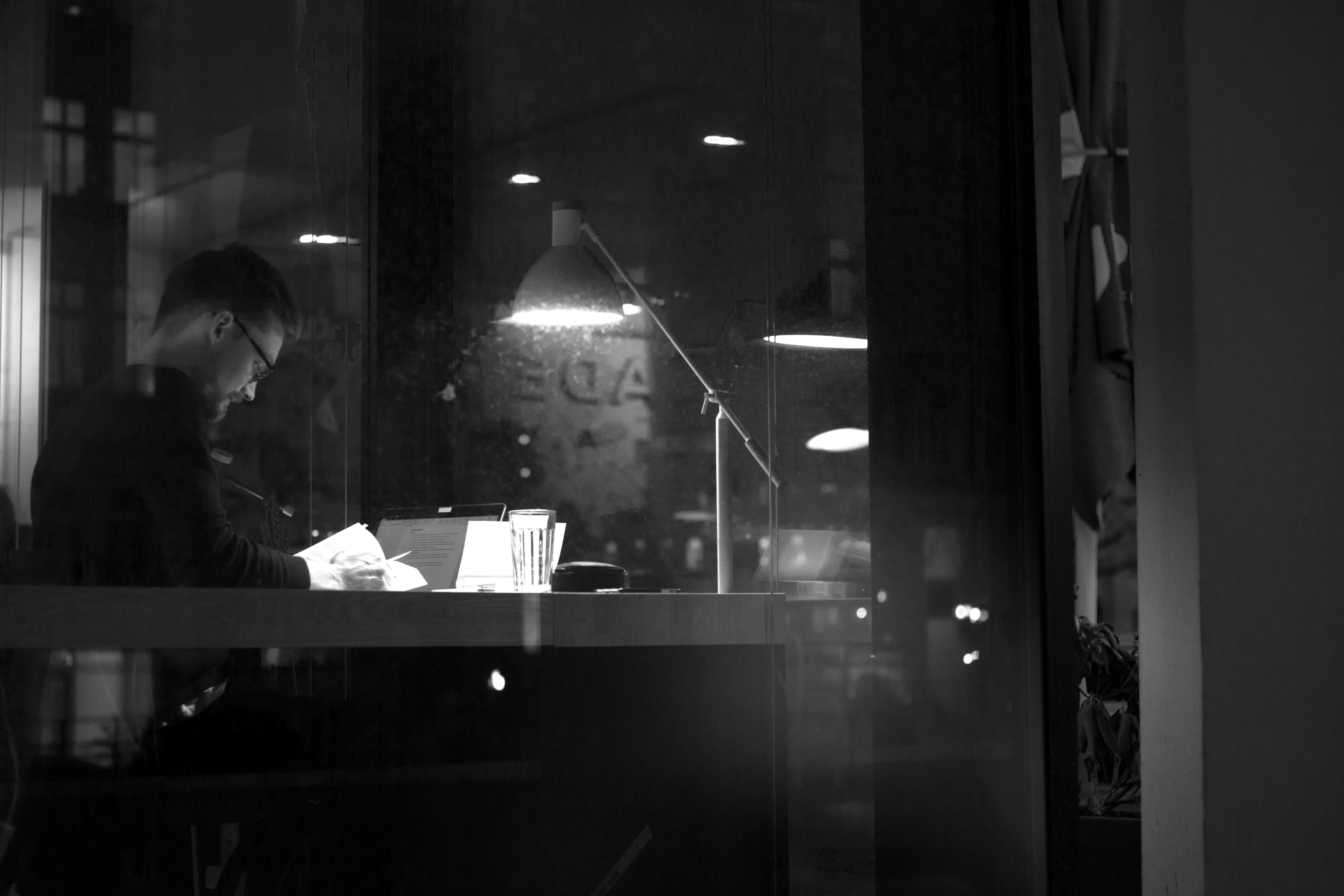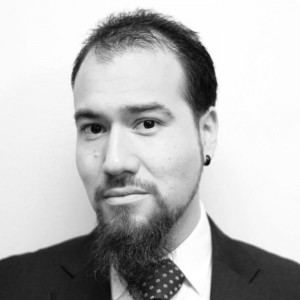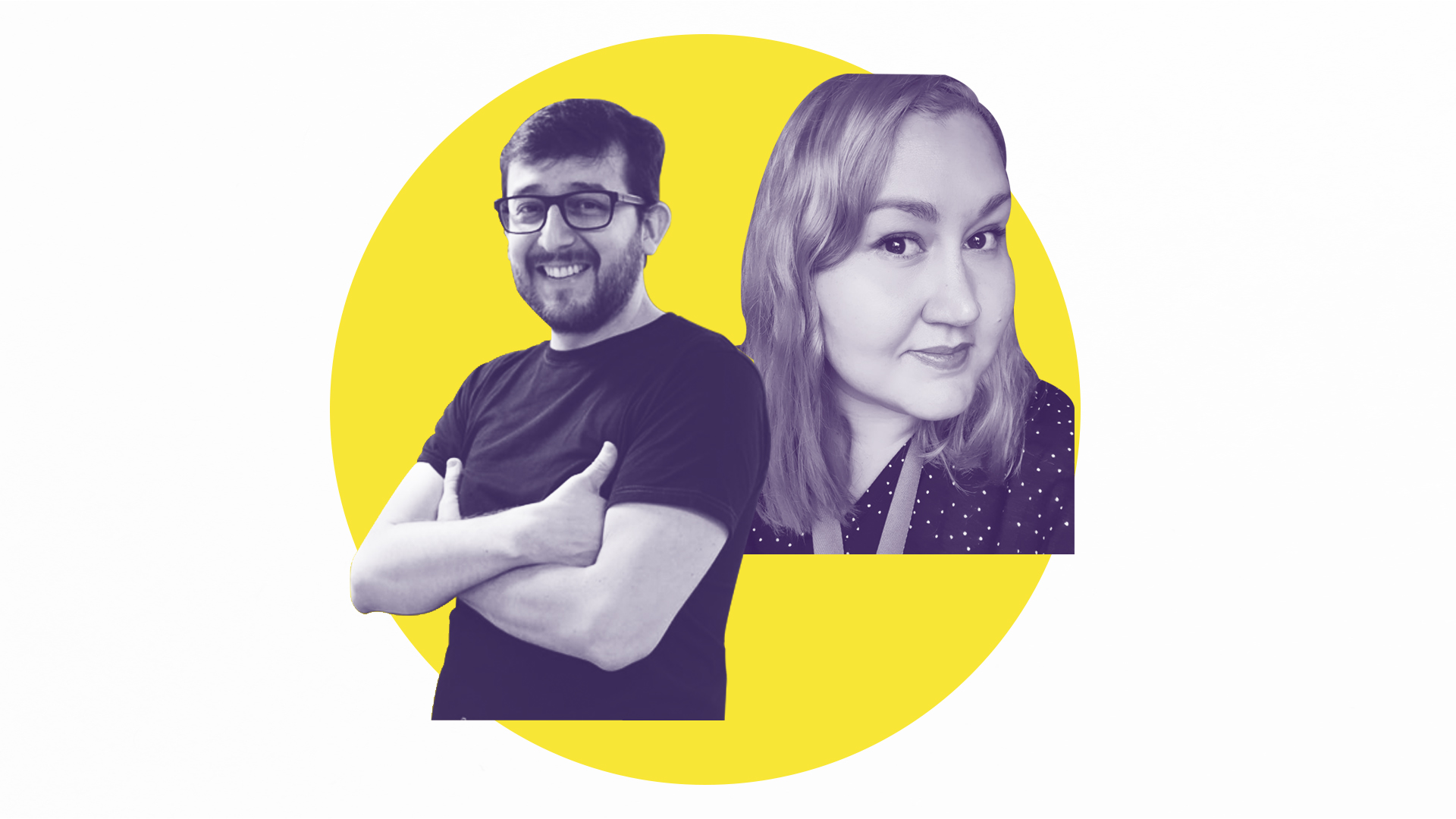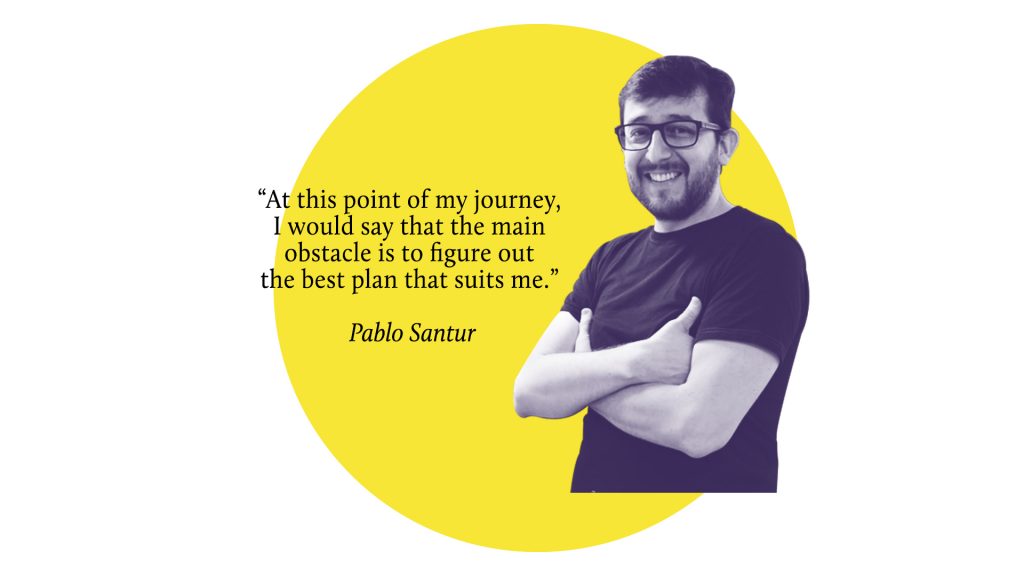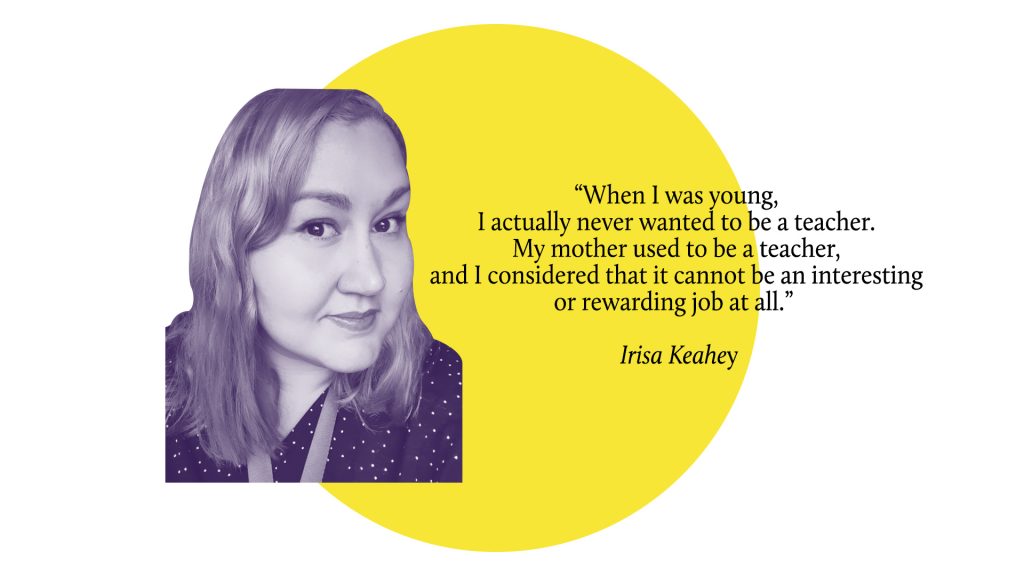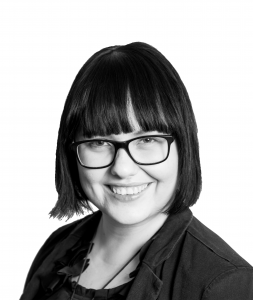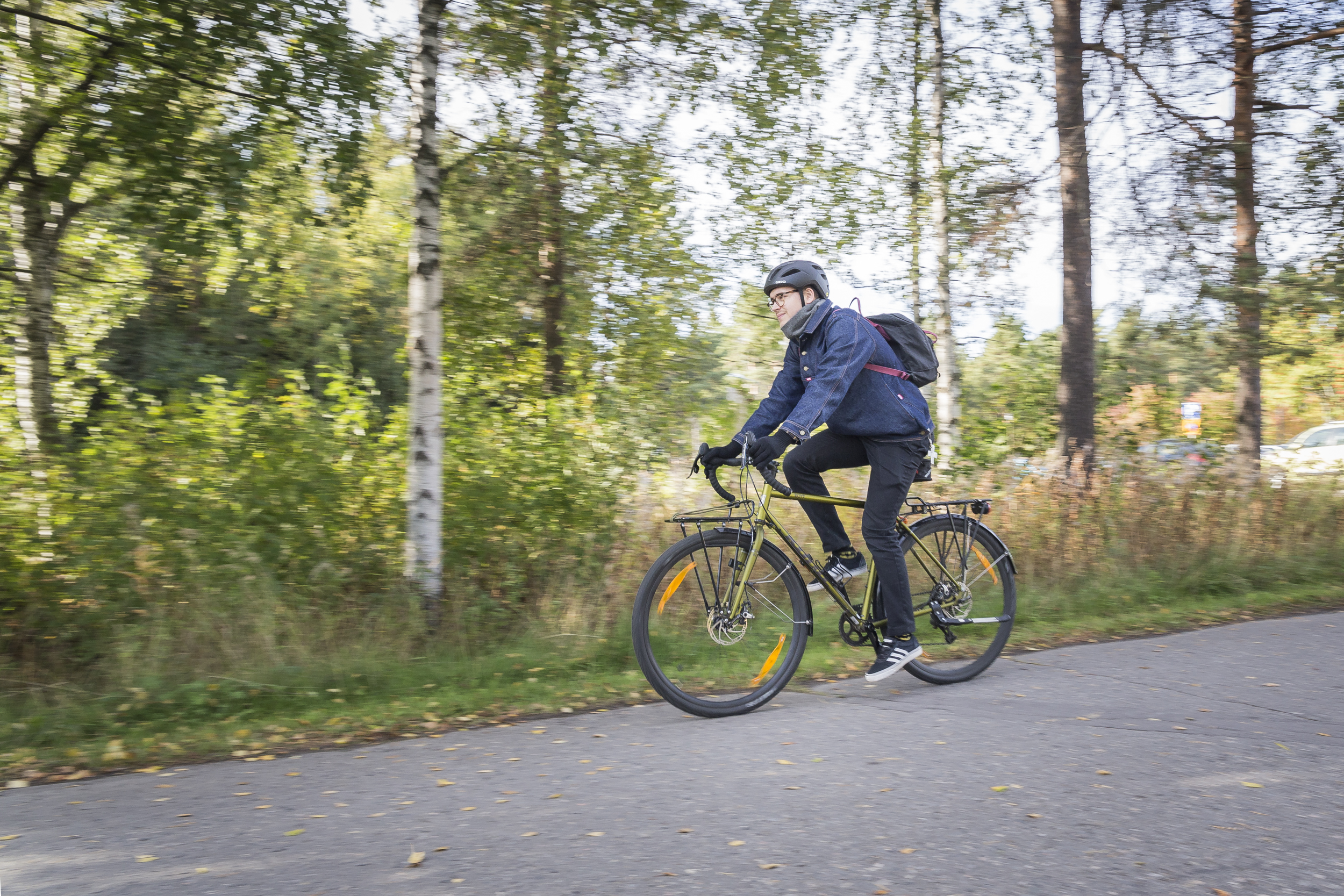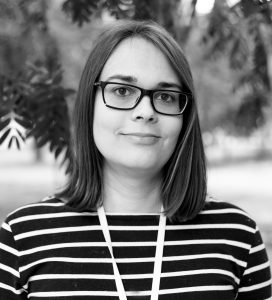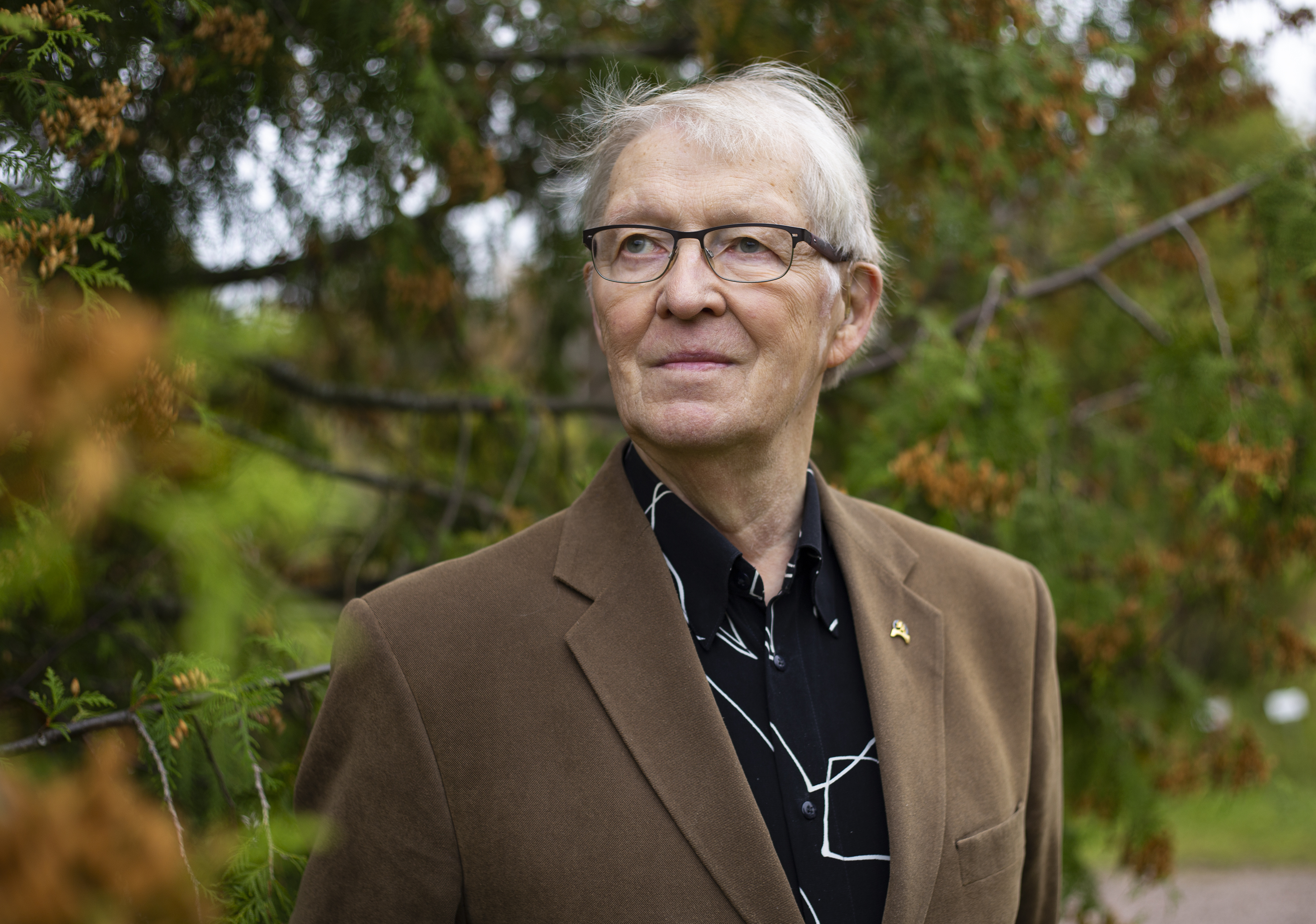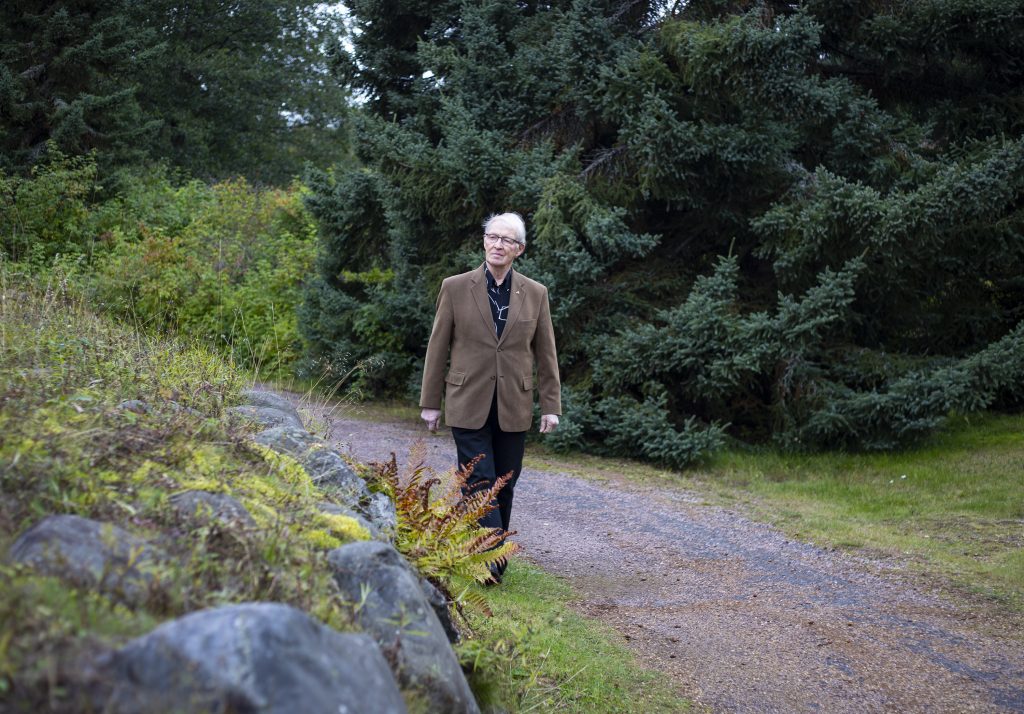In Finnish
It’s time to vote! In the Student Council Elections, you see.
In Finland, twelve student unions select representatives in their student councils, who have the highest decision-making power.
In Oulu, 37 members and their deputies are selected. Voting started on Friday the 1st of November at 9 a.m., with some troubles, as the voting system at first didn’t show the names of the groups standing in elections. The problem was fixed at around 11 a.m.
In the expiring term, the biggest group in OYY’s Student Council has been Tekniikan ja talouden vaalirengas (TeTa, “The Election Circle of Technology and Economy Students”) with 13 members. Other groups, in order of size, are Humanistien ja kasvatustieteilijöiden vaalirengas (HuKa, ”The Election Circle of Humanities and Pedagogy Students”, 9 members), Kontinkankaan vaaliliitto (KoVa, ”Kontinkangas Alliance”, 5 members), Tieteellisten vaaliliitto (”The Electoral Alliance of Science Students, 5 members), Keskustaopiskelijoiden ja sitoutumattomien vaaliliitto (“The Electoral Alliance of the Centre Party Students and the Independents”, 3 members), Akateemiset perussuomalaiset (Academic Finns Party, 1 member), and Vihreä vaaliliitto (”Green Electoral Alliance”, 1 member).
Oulu Student Magazine asked the groups seven questions about OYY’s current and future actions. We received answers from all groups except Oulun Akateemisten Perussuomalaisten vaaliliitto (“Academic True Finns of Oulu”).
The groups are in alphabetical order. Apart from few corrections in spelling mistakes and clarifying abbrevations, the answers provided by the groups haven’t been edited.
To help you understand the answers, here’s short guide on the abbreviations used.
OYY — the Student Union of the University of Oulu
SYL — National Union of University Students in Finland
SAMOK — the Union of Students in Finnish Universities of Applied Sciences
OSAKO — the Student Union of Oulu University of Applied Sciences
FSHS – Finnish Student Health Service
Oulu UAS – Oulu University of Applied Sciences
PSOAS – Pohjois-Suomen opiskelija-asuntosäätiö, Student Housing Foundation of Northern Finland
1. Present your group shortly. Who are you, whose cause do you advocate, how many places you try to get in the elections, and what are your themes for the elections?
2. What do you see as the most important task of the Student Union?
3. What things you want to influence during your upcoming two-year term? Mention at least two concrete goals.
4. What things you think that the Student Union can take a stand on? And what things it cannot take a stand on?
5. Most of the Oulu University of Applied Sciences is moving to Linnanmaa Campus in 2020. In what way should OYY collaborate with the Student Union of Oulu University of Applied Sciences (OSAKO)?
6. Do you think that the membership fee needs to be changed? At the moment it is 57 euros, and 114 euros together with the FSHS fee. Do you think the fee should be raised or lowered, or should it be as it is?
7. OYY’s policy document, which guides the political stance of OYY, states that OYY should prepare for the possible removal of compulsory membership. According to the policy document, there should be a transitional period long enough for the student unions to prepare themselves for the change, and the voluntary membership requires preparations also financially before the transitional period. What kind of actions you think this requires?
Keskustaopiskelijoiden ja sitoutumattomien vaaliliitto (“The Centre Party Students and the Independents”)
1. The Centre Party Students and the Independents (KEXI). We have 17 excellent candidates from different faculties. Our goal is to increase the number of seats and continue sensible supervision of interest in the Student Council. Our themes are related to the comfort and amount of study spaces in the university, mental and physical well-being of students as well as sustainability of OYY’s finances.
2. Supervision of students’ interest.
3. We need to influence the university to develop the Tutor Teaching system. The studies should be more flexible according to student’s situation in life. University sports and mental health services need more resources.
When Oulu UAS moves to Linnanmaa campus, we have to make sure that there are enough comfortable and safe study spaces and that the restaurants function fluently. OYY should also be visible in Kontikangas campus when it comes to both membership services and supervision of interest. Lunch rush should be reduced also in Kontinkangas.
4. The Student Union can take a stand on things that are related to students. In other things the Student Union should refrain from taking a stand on.
5. OYY and OSAKO should remain separate in the future. However, sometimes common events for students and supervision of common interest are justified.
6. The membership fee should be lower. OYY should prepare for removing of the compulsory membership and develop their economy to a direction that is not as dependable on membership fees as it currently is.
We are prepared for a moderate raise on FSHS fee, provided that there will be more resources in student well-being, for example in mental health services.
7. The Student Union’s economy should already be examined critically, and it should become more stable and lighter. The Student Union has capital, such as Uniresta, and investments, and when it comes to these there be bold and strong ownership steering so that the capital would benefit the students as much as possible. The Student Union should start new business activities.
Investing in Business Cooperation Coordinator increases financial possibilities, for example, the events should be profitable, which is made possible by sponsors. Unprofitable events shouldn’t be organized. Collaboration with the City of Oulu should be tightened, and we should try to get financial support from them to different projects.
Lääketieteellinen vaaliliitto (“Medical Alliance”)
1. The Medical Alliance continues in the footsteps of KoVa, Kontinkangas Electoral Alliance, which means that we are advocates for students in Kontinkangas campus and medicine students. Our themes are services in Kontinkangas, responsible finances, and optional student union membership.
2. The most important thing is supervision of students’ interest.
3. In FSHS reform, we want another local FSHS unit in Kontinkangas campus. The optional membership should be lobbied more.
4. Taking stand on things should always be well thought-out because of the compulsory membership. Then again, it is hard to strictly define things that are related to students. In the end, the decision on whether to take a stand on something or not is made by the Student Council.
5. Opening event is a natural start. There are certainly many common spaces in the shared campus as well as shared aims in supervision of interest related to the city structure, and it is useful to promote them together. OYY and OSAKO could also facilitate cooperation between subject societies in the university and UAS.
6. The fee shouldn’t be raised more, but instead the last increase should be cancelled. In long term, the membership fee should be lowered to a level that students are willing to pay for OYY’s services when compulsory membership changes to optional.
7. There are many ways, and none should be left unused. Securing the statutory obligations and supervision of interest are priority, and these should be communicated more extensively to the students. These things could in the future include, for example, priority for PSOAS apartments, more services for Sports Pass, and more local student benefits. Collaboration with companies and selling advertisements should be invested in events and Student Union’s publications. In future, all member services need to be assessed relative to their attractiveness and benefit to members.
Opiskelevat Kokoomusnuoret -vaaliliitto (“The Coalition Party Students”)
1. We are the Coalition Party Students. We seek 4 seats in the elections. Our themes focus on defending students’ diligence and mental health. The Student Union should concentrate on supervision of students’ interests and responsible finances.
2. Supervision of students’ interest.
3. OYY should push for raising the financial aid to students and make it also SYL’s position. OYY should also focus on supervision of interest very precisely. Oulu UAS’s move to Linnanmaa will cause new challenges, and OYY should be alert so that students’ position will not become weaker.
4. We think that OYY should only take stand on things that are relevant to students.
5. We need to investigate the possibilities for cooperation in terms of spaces, events, and employees. The most important thing is to combine forces in matters of supervision of interest.
6. The membership fee should be reduced. It can be done by cutting from, for example, financial support to societies or event costs. When it comes to FSHS-fee, the service quality has to be maintained, which leads to increase in the fee in the future due to inflation.
7. We are happy about OYY’s position on compulsory membership. We think that it’s extremely important to take care of finances in a responsible way, so that financial stability is maintained also during the possible transitional period.
Poikkitieteellinen vaalirengas (“The Interdisciplinary Election Circle”)
1. We are POVA, the Interdisciplinary Election Circle, consisting of people studying varied disciplines such as education, languages, history, biology, population genetics, and marketing. Our causes are as diverse as our fields of study but are all centred around student’s well-being.
2. Ensuring a good life for students, and we consider advocacy as an imminent part of this task.
3. Increasing the grants for student societies, and increasing resources of low-level, ease-of-access mental health help.
4. It can take a stand on different aspects affecting student life, such as housing and transportation, but of course there should be some limitations, especially on matters that can be influenced in other ways and from the posture of general public, such as voting.
5. Since the two institutions are going to share the same space, it would be beneficial for both to collaborate, as long as the terms of collaboration are clearly defined and agreed upon by both parts. One example that has been mentioned is a shared Event Producer, which sounds pretty reasonable if we are going to have a common opening event for the academic year.
6. The membership fee was raised during the last council term, and that balanced the budget of the Student Union nicely, therefore, there is no urgent need to adjust the fee to either direction. Also, the student budget is often tight, so the fee should be kept at a maximum of 114 euros.
7. Students should be more aware of the benefits of membership, as a result OYY should invest more in promoting its work. Of course, even with the compulsory membership, students should feel like they want to belong to the community and feel like they get their money’s worth.
As OYY has rather limited savings and investments, a radical change in the environment would jeopardize our mission. We need alternative sources of income, and various workshops and meetings have been already done regarding those in the past year or so.
It would also raise difficult questions on the matter of who will benefit from these services in case of an optional membership, this is why we support the compulsory membership.
Solidaarinen vaalirengas (“The Solidary Election Circle”)
1. The Solidary Election Circle comprises electoral alliances of Left Alliance students and Green Party students. We are candidates form different fields of study, who are committed to green left values. Themes important to us are student’s well-being, equality, communality, sustainable development in campus, and a functioning campus after Oulu UAS moves to Linnanmaa. Our goal is to get two seats in the elections.
2. According to the Act on Universities, the purpose of OYY, as well as of other student unions, is to be the link between its members and promote their societal, social, and mental aspirations as well as aims related to studying and students’ position in the society. In addition, the Student Union contributes to the university’s educational task by preparing the student for an active, woke, and critical citizenship as well as names the student representatives in the university’s administration. Of these duties, we see the influencing to the society locally, nationally, and globally as the most important to the Student Union.
3. During the next term, the primary themes are related to student’s well-being. This includes all decisions related to students, from students’ financial aid to flexible studies, different ways to complete the courses and mental health services. The student societies within OYY play an important role in promoting student’s well-being and contact in university community. That is why we think it is important that OYY supports the societies both financially and through training. The societies within OYY’s scope benefit both students through well-being and the Student Union by being an active community.
4. OYY can widely take stand on different things in our society, since only few things are not related to students. The Student Union’s every position is a compromise and decided in the democratically elected Student Council. If there is one thing that OYY can’t take a stand on, it’s on things strictly related to universities of applied sciences, because they have their own associations, OSAKO locally and SAMOK nationally.
5. Cooperation can be done in any possible way, whatever the both communities see fit. A common opening event and influencing in campus-related matters, influencing locally on the City of Oulu, and nationally on the parliament.
6. Because of the increase in the general price-level (inflation), also OYY’s expenses are ever increasing. In that sense, there is a constant pressure to raise the membership fee. If it’s not increased at regular intervals, the Student Union needs to cut costs or find other ways to finance its actions. In the past ten years, OYY’s membership has developed moderately even though the number of members has dropped radically after the implementation of the university’s passive register.
7. Student Union’s member services need to be strengthened and improved. The Student Union needs capable employees and members in the Executive Board in the upcoming years in order to improve its member services, training, and events in a way that every student feels like a part of the Student Union. If the compulsory membership ends, the events play a central role in building communality, recruiting members, and being visible to the students. Profitable events also provide financial security for supervision of students’ interests. The societies and the network of student representatives are vital for Student Union’s influence, and that’s why they require systematic development and financial investments. In addition, Student Union’s investment capital should be systematically increased.
Tekniikan ja talouden vaalirengas (“The Election Circle of Technology and Economy Students”)
1. The Election Circle of Technology and Economy Students, TeTa, is politically independent, heterogeneous council group that consists of technology and economy students. By listening to the voice of reason, we build a better functioning Student Union for all students, despite our name or our candidates’ backgrounds. TeTa rarely applies so called group discipline, and our every candidate can freely have their own opinions. We want to maintain our current number of seats (13) in the Student Council, and we think increasing the number with one seat is reasonable.
2. Supervision of interests! Influencing the student’s daily life in campus and in the city.
3. When Oulu UAS moves to Linnanmaa, all the different spaces (restaurants, study spaces, parking places, busses) will be even more crowded than now. OYY needs to influence so that everyone can get to the university, everyone can eat at lunch time, and that there are enough study spaces suitable for independent studying. OYY should also impact on the quality of education and on the lecturers’ pedagogic skills. For instance, the university should organize a couple of courses on pedagogical skills for all lecturers.
4. The questions of supervision of students’ interests and students’ well-being should be kept clearest in mind. It’s not meaningful that OYY would categorically leave out some themes for discussion or taking a stand on, so that we don’t limit ourselves in possibilities to promote different things.
However, while the compulsory membership stands, the positions should be well considered and based on a principle that the explicit majority of the members of the Student Union can support the positions. Subjects that cause strong division between the students should be avoided.
5. Pre-Analia 2020! Combining Vulcanalia and Preludi (under a more appropriate name) as well as other common events between OYY and OSAKO could be a natural way to start working together more closely!
The administrative actions and supervision of interests are also good places for cooperation, if it’s possible despite the organizational differences due to the legislation.
6. When the membership fee has been increased, it’s hard to decrease it again. We can’t make up new expenses every year, funded by increasing the membership fee.
In this situation we can maintain the membership fee on the current level, while preparing for removal of the compulsory membership and decrease of membership revenues.
7. It is essential that every student wants to be a member of the Student Union, even though it was voluntary.
However, every action of OYY should be examined critically and the organizational structures should be changed if necessary. In the new Student Council, we want to define the policies to the following questions, so that the preparations would be consistent:
1. What are the primary duties that OYY should carry out?
2. How big positive revenue we annually want before the compulsory membership is removed? Is there any other cash flow beside the membership fees?
3. What are the duties that we can in the best possible way carry out with this kind of budget?
Tieteellisten vaaliliitto (“Science students”)
1. We are the Science students, a politically independent electoral alliance. We represent students in natural sciences and are primarily their advocates in the Student Council. Our goal is to increase the number of seats from the five we have. Our themes are guaranteeing the supervision of natural science students’ interests as well as equality between students.
2. The Student Union has to take care that the possibilities for studying are of high quality when it comes to basic study requirements, such as spaces and equipment. Well-being of students should be taken care of through efficient supervision of interests, for example, by lobbying for mental health services and making sure that our student representatives in the administration are aware of their duties.
3. We want to make sure that the Student Union influences on the natural sciences education in a way that the quality of education and research are not affected by changes in the university’s financing model. In addition, we want that OYY is there to provide sufficient career guidance for everyone.
One of the relevant themes is also Oulu UAS moving to Linnanmaa and the future collaboration with OSAKO. The goal of the Science students is that the collaboration serves both organizations and their members in the best possible way.
4. OYY can take a stand on things that the Student Council has decided in its policy. The Student Union can especially take a stand on things that are directly related to the good life of students. However, these positions should be well thought-out, so that they don’t label the members either politically or ideologically.
5. We think that an efficient way to collaborate is sharing the personnel resources. For example, a common Event Producer and combining resources in supervision of interests are ways to achieve financial benefits and maintain the quality of services.
6. Instead of making changes to the membership fee, we think it’s more important to focus on efficient and sensible use of money, so that the benefit that the students get from the membership fee would be the best possible.
7. In 2019, OYY has made a financial contingency plan, which includes ways for the Student Union to prepare itself for the optional membership. We think that the Student Union should follow the contingency plan and that way prepare itself for the decreasing amount of members in the future. The Science students support this contingency plan.
Translations by Essi Ranta, apart from Poikkitieteellinen vaalirengas, who provided their own answers in English.
Voting in the Student Council Elections started on Friday 1 Nov at 9 a.m. and ends on 6 Nov at 4 p.m. Every member of OYY who has registered as an attending student by 2 Oct 2019 is eligible to vote. You can find the list of candidates on OYY’s website and the candidate selection engine behind this link. You can vote at vaalit.oyy.fi.

